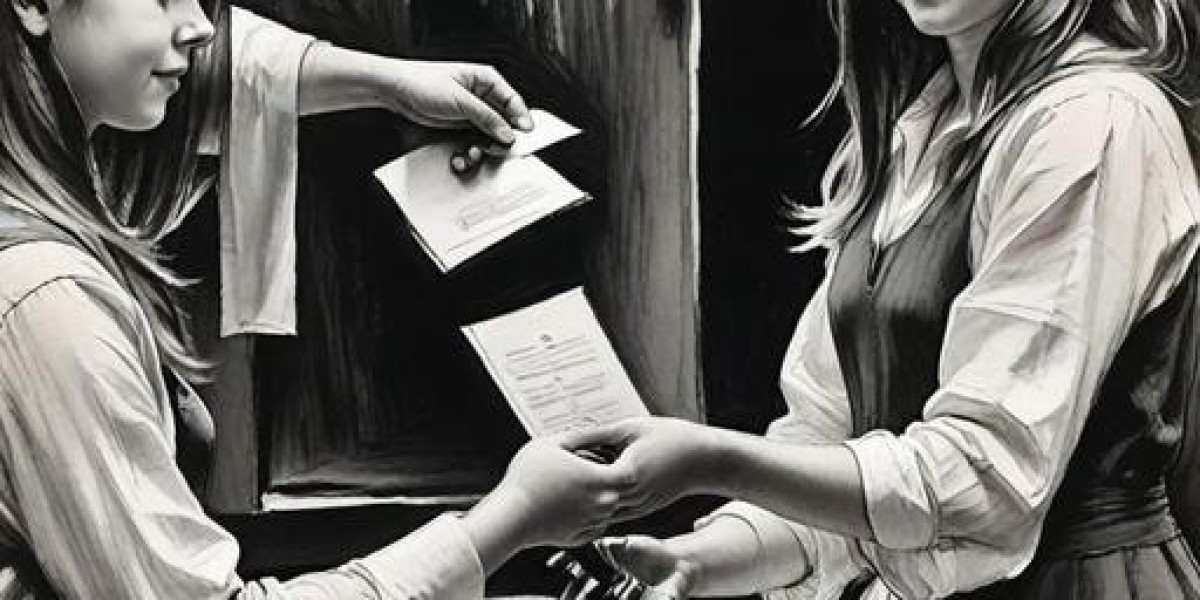Classifications of Driving Licenses
When it is about driving, various states have their own distinctive rules and regulations. This is especially true when it comes to license classifications.
You may be familiar with the Class C driver's license which you can get after you've completed your driver's education. Did you know there are other classes?
Class C
Class C is a broad license category that covers vehicles that transport passengers and goods. It's a step above Class B, and may also permit drivers to operate vehicles that have a an gross vehicle weight rating (GVWR) of 26,001 pounds or more depending on endorsements and restrictions.
Although the names of various license classes may vary between states All states require applicants to meet certain criteria, such as age and qualifications. This usually involves passing a series of tests, and submitting documents of residency and identity. In addition, candidates must pass an interview and background exam to ensure that they are fit enough to drive commercial vehicles.
A driver who holds a Class C license is able to drive the majority of single-unit vehicles, which a Class E license holder can also drive, including buses and trucks that have a GVWR of more than 26,001 pounds. This includes straight trucks as well as tour busses, segmented coaches, dump trucks, and box trucks with small trailers that are towed. A Class C CDL holder may be able to drive special vehicles, such as school buses, provided they possess the appropriate endorsements.
In general, class c license holders are allowed to transport any kind of product and aren't restricted in their travel routes or destinations. However, certain restrictions might apply, such as when the vehicle is designed to accommodate 16 or more passengers, or transports dangerous materials in quantities that require placards. In addition, drivers who have this classification must be at minimum 18 years old in order to drive on the intrastate highway, and 21 for interstate.
The process of obtaining the Class-C driver's license is more complex than other classes. It requires extensive training at a driving school that is approved by the state and completing all required documentation. After you've completed the formal requirements for obtaining a license, you'll be able drive your own vehicle to hire. For more information, be sure to visit your state's Department of Motor Vehicles or a local driving school. They can help you choose the most appropriate licensing class for your needs and help you begin the path to becoming a professional truck driver.
Class B
You'll need a Class C or Class B driver's licence in order to begin commercially driving. A class B CDL permits you to drive straight trucks with a gross vehicle weight rating (GVWR) of up to 26,000 pounds, or pull trailers with maximum GVWR of 10,000 pounds. This is a great choice if you're looking to become a trucker, but do not have time or money to get an A class CDL.
The Category B license is used to drive trailers or vehicle combinations with a maximum mass of up 3,500 kg. They must also be designed to carry passengers and not have more than eight seats including the driver. These include passenger cars and trucks used for private use, or are operated by taxi companies or livery services.
In some states, drivers with a class C license can operate passenger buses that are registered to the fire department, rescue or emergency squad or municipality(emergency use only). However, this is not true in every state and may require additional training or an examination by a licensing authority to be approved.
The Class E CDL license is the most widely used among all commercial driver's licenses. It is a valid license for vehicles that are hired, like taxis, livery vehicles and limousines. This is the most popular choice for people who want to begin working as a taxi driver or start their own ridesharing company.
The Class F and MięDzynarodowe
prawo jazdy c+e prawo jazdy na skuter;
Www.Google.Co.Ls, G licenses are a little more specific. The Class F license permits you to drive agricultural tractors as well as road rollers, while the Class G license permits you to drive steam or road rollers powered by diesel. Both are very powerful vehicles and could cause damage if not handled correctly. Therefore, you should only drive these vehicles under the supervision of a professional licensed to do so.
Class A
Category A licenses cover mopeds and
prawo jazdy kat a2 other three-wheeled motor vehicles that have an engine that can reach 35 kW. It also covers
ile kosztuje prawo jazdy na motor tricycles with up to 15kW and trial escooters. It does not cover four-wheeled scooters however. The maximum weight combined of a vehicle that has a trailer is 750kg.
If you want to drive a minibus with more than eight seats, then you need a category D license. This license permits you to drive buses and coaches with trailers that are up to the limit. However the weight of the entire vehicle cannot exceed 12,000kg. This licence also covers any truck or van with trailers up to this size, however the trailer must not weigh more than a maximum of 8000kg without load.
A commercial license of class A (CDL) permits you to operate a single unit vehicle, a truck, and trailer combination that has a gross combined mass rating of 26,001 pounds, or any other vehicle that has a GCWR of more than 10,000 pounds. This is the most powerful commercial driver's license. You can wear a trucker hat and drink Big Gulps while driving this license.
In addition to being able to drive tractor-trailers, class A CDL holders are also able to operate trucks and bus combinations with the right endorsements. This includes vehicles carrying dangerous materials, as well as certain buses.
A class C commercial driver's license (CDL) is the next step after class B. It permits you to drive all kinds of straight trucks and buses which include those that are able to carry passengers. This is the license you require if you want to work as a bus driver or operate vehicles that are controlled by Article 19-A. It outlines guidelines and requirements for drivers who are transporting students in schools for academic purposes. You can also get the CDL C to drive any other buses or trucks that have a GVWR of 26,000 pounds or less, based on the endorsements and restrictions you pick. This is the most well-known of the commercial driver's licenses.
Class D
A class D driver's license is the most common non-commercial vehicle license. This type of license permits you to operate vehicles rated at less than 26,000 pounds, with or without a trailer. This includes passenger cars, pickup trucks and vans. Drivers with this license also have the option of getting optional insurance discounts if they've been accident and non-infraction-free for five years.
You can obtain your class D license at the age of 17 years old. If you want to drive low-powered motorcycles you'll need a category A licence typically for vehicles that have an engine size of 50cc or less. This category also includes trial e-scooters. Drivers can also obtain an official class D license for tractors and other power-driven vehicles used for agricultural and forestry purposes, so long as their maximum permitted mass isn't more than 8 tonnes.
In addition to the class D license, you might also need to have an driver's license or another restricted license before driving any vehicle that is over a certain weight limit. If you want to drive a bus that transports passengers for a fee, you'll need a driver certificate of professional competence (CPC). This type of license requires compulsory training and is generally considered the highest standard of commercial driving.
While the different kinds of licenses differ across the nation, there are some similarities. For instance the process of getting an additional license requires you to take a written and practical test. If you pass the tests, you'll get a certificate of completion. This document serves as a guideline for the next step that is passing the road test.
Drivers have the option of choosing from a variety of endorsements, as well as the various kinds of driving licenses. Some are required for drivers of for-hire vehicles like taxis or town car services. Certain are more specific, such as endorsements for hazardous substances. Certain states offer an junior license, a special license designed for young drivers with little experience. The license is subject to restrictions that include lower weight limits and curfews for driving. It's important to understand the various licenses for drivers that are available in your state so that you can ensure that you're getting the correct one for your needs.
 Efficient and Effective: How to Use HealthRun Hazmat Absorbent Rolls Tackle Hazardous Materials
By miawuxi2023
Efficient and Effective: How to Use HealthRun Hazmat Absorbent Rolls Tackle Hazardous Materials
By miawuxi2023 Детальное описание покупки диплома в знаменитом интернет магазине
By sonnick84
Детальное описание покупки диплома в знаменитом интернет магазине
By sonnick84 Желаете заказать по отличной стоимости диплом или аттестат?
By sonnick84
Желаете заказать по отличной стоимости диплом или аттестат?
By sonnick84 Рекомендации эксперта, которые помогут недорого заказать документы
By sonnick84
Рекомендации эксперта, которые помогут недорого заказать документы
By sonnick84 Что именно требуется для создания качественного диплома?
By sonnick84
Что именно требуется для создания качественного диплома?
By sonnick84


